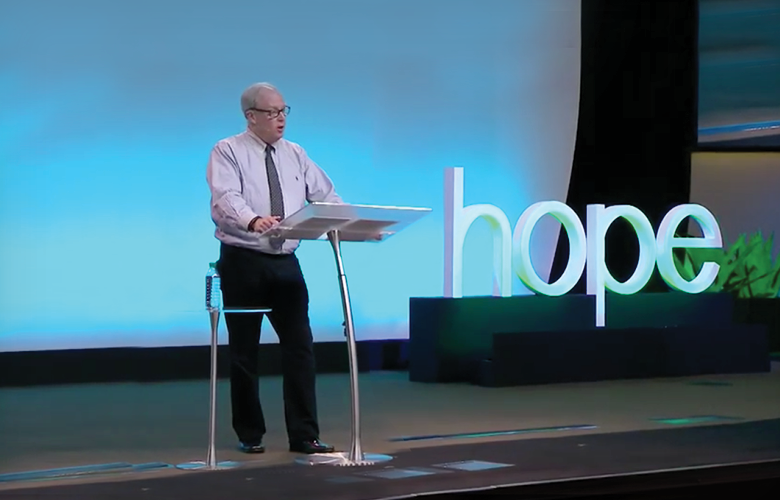
“The journey of a thousand miles begins with one step.” – Lao-Tzu
In 1996, I began my career in suicide prevention. I was working on the team of U.S. Senator Harry Reid, and my task was to prepare for a hearing on mental health and the elderly. That day Mike Wallace, the famed journalist from 60 Minutes, was a witness and shared his own mental health struggles. Next, Senator Reid shared that he himself had lost his own dad to suicide many years earlier. Then the senator turned to the chairman of the U.S. Senate Special Committee on Aging and said, “Let’s do something about this issue.”
Shortly thereafter, Senator Reid introduced a resolution declaring suicide to be a national problem, warranting a national solution, and calling for the development of a national strategy for suicide prevention. In my view, it was at that moment that suicide became a public policy issue worthy of public attention, and I was honored to be a small part of that beginning and much of what was to come.
Senate Resolution 84 was introduced on May 6, 1997 and passed unanimously the same day. Since those early days when very little had been done to address suicide in our nation, the topic of suicide and its prevention became a public policy concern like never before. What followed included the establishment of the national Suicide Prevention Resource Center, the National Suicide Prevention Lifeline, federal legislation dedicated to youth suicide prevention and early intervention, adult suicide prevention, community suicide prevention, research, and data collection.
We also now have recommendations for media reporting, clinical care, infrastructure, and postvention. We have the revised 2012 National Strategy for Suicide Prevention and a recently issued call to action released by the Surgeon General of the United States. In July 2022, we will have a 3-digit crisis response number—988—similar to our 911 system. Lastly, we have the National Action Alliance for Suicide Prevention, a public-private collaboration engaging over 250 partners to advance the objectives in our national strategy.
Additionally, our nation has made significant investment in the prevention of suicide for our veterans and our military members, and we are turning our attention to those communities at heightened risk for suicidal behavior, such as Two Spirit and LGBTQ populations, Indigenous people, people of color, and youth. In short, suicide and its prevention are no longer topics cloaked in a veil of secrecy.
Early on, some were saying that if you don’t talk about suicide, you can’t address suicide. However, although we were talking about suicide, we were not discussing the prevention and intervention of suicide in a manner commensurate with the emotional, familial, financial, and societal consequences of suicide. What if we had not talked about HIV/AIDS, motor vehicle accidents, the dangers of smoking, drug and alcohol misuse, polio, or most recently COVID-19. Would we have invested in prevention, early intervention, and the development of treatments, cessation efforts, vaccines, or safety measures to address these very real challenges? Very likely not.
While our journey is far from over, we are now talking about the preventability of suicide and not the inevitability of suicide. We know prevention works. We know treatments are available and effective. We know that focusing on the promotion of protection as much as the reduction of risk is key. And we also know that suicide is a public health problem as well as a mental health problem —and that lives can be saved through our collective efforts.
As we prepare to honor Suicide Prevention Month in September 2021 and World Suicide Prevention Day on September 10, 2021, let us stop, reflect, and take note—we have begun our journey, and while there is still work to be done, we have come a great distance thus far.
Jerry Reed, a nationally recognized leader in the field of suicide prevention, has worked to raise awareness about suicide as a leading cause of death and driven public policy and practice changes at the state, national, and international levels. |

Comments
Add new comment